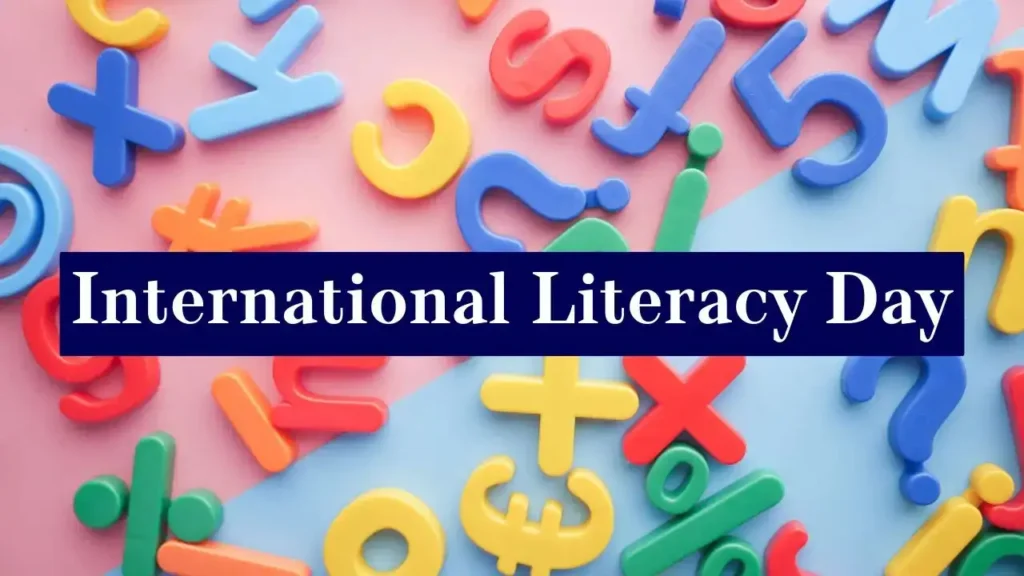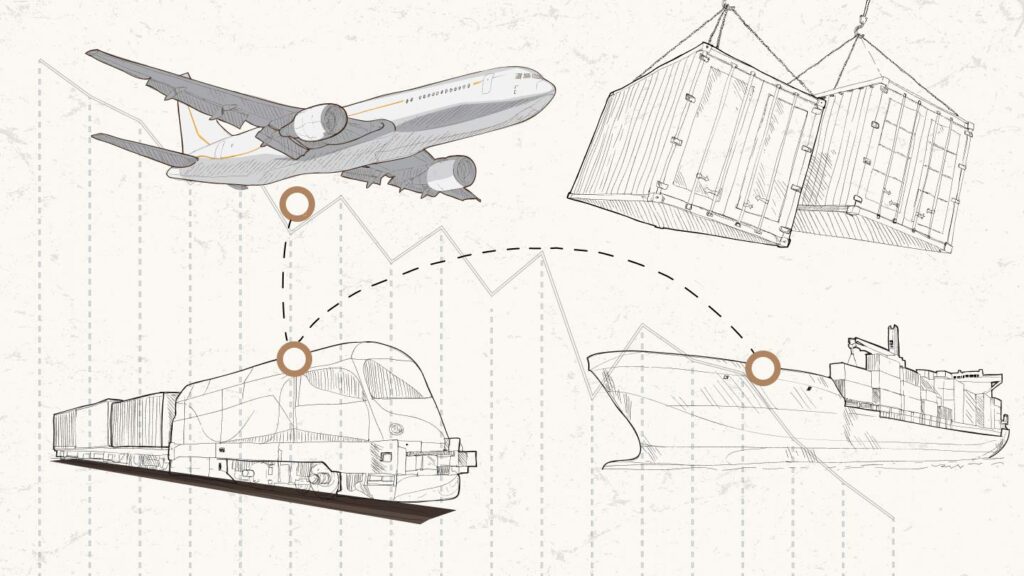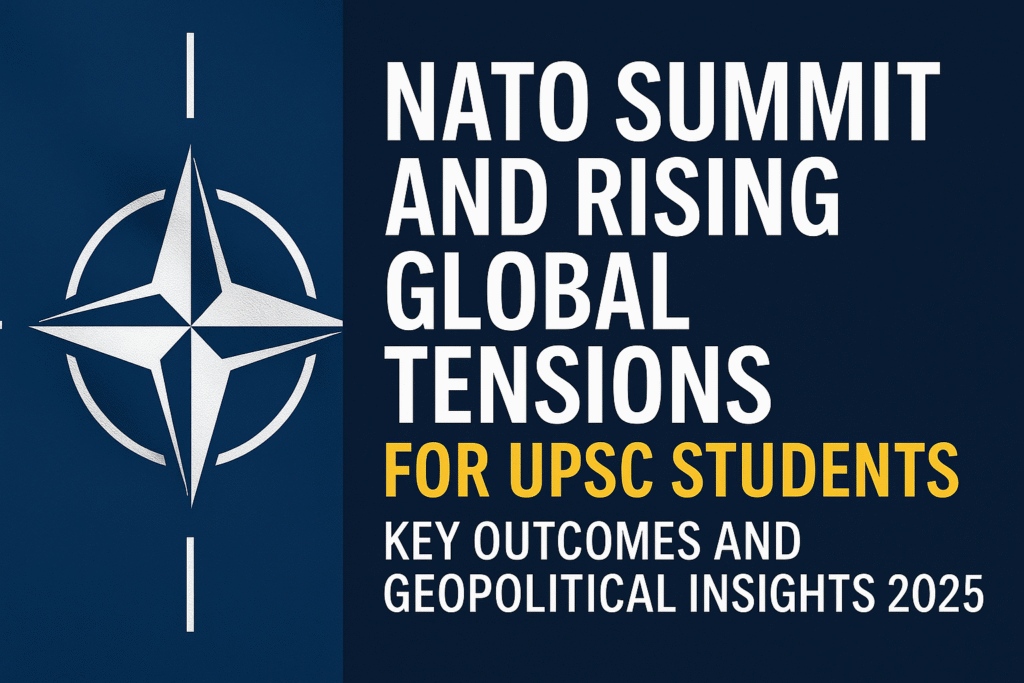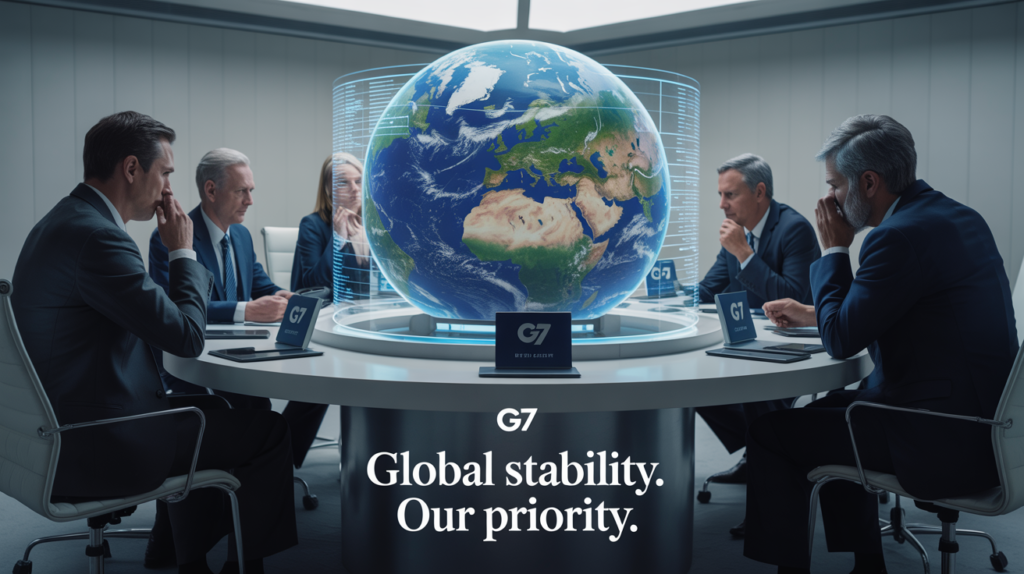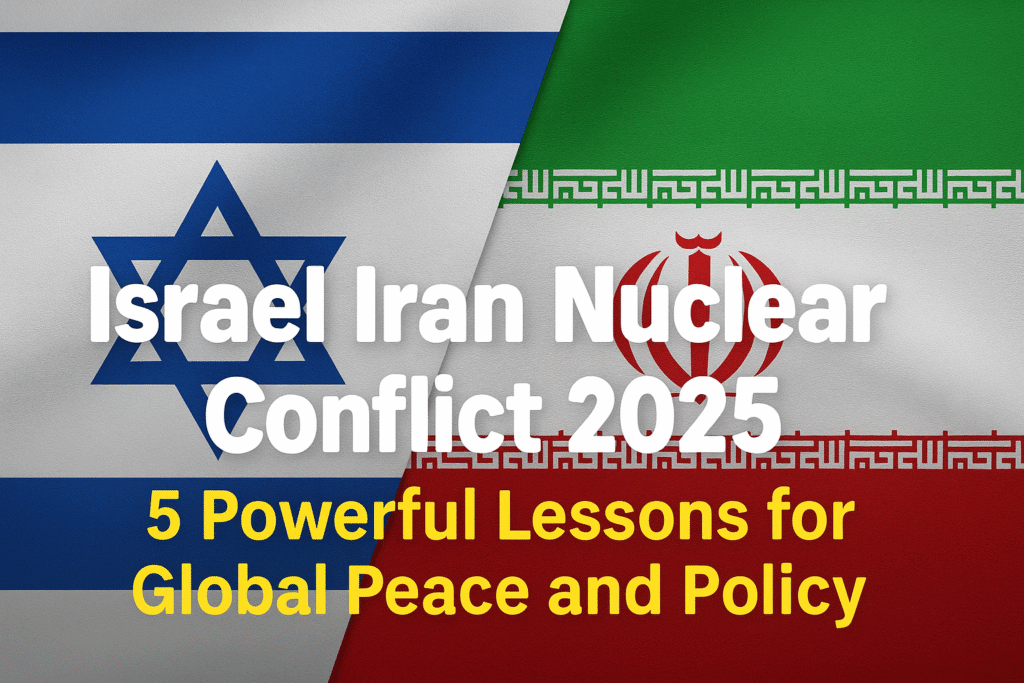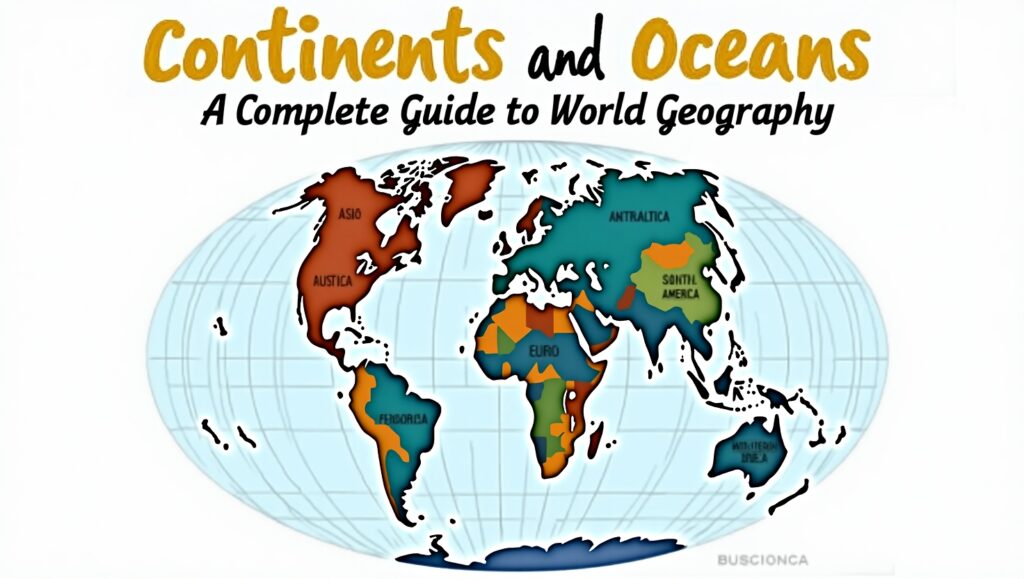Nobel Prize in Chemistry 2025 for MOFs that Trap CO₂ and Bring Water to Deserts: 50 Smart MCQs & Key Insights for Students
Nobel Prize in Chemistry 2025 for MOFs that Trap CO₂ and Bring Water to Deserts The Nobel Prize in Chemistry 2025 for MOFs that trap CO₂ and bring water to deserts has drawn global attention for tackling two urgent crises — climate change and water scarcity. The winners developed advanced Metal–Organic Frameworks (MOFs) that can capture carbon dioxide efficiently and extract moisture even from dry air. This discovery has not only advanced green chemistry but also inspired students and researchers worldwide. Let’s explore the key insights and test your understanding with MCQs based on this groundbreaking Nobel Prize topic. Key Insights: Nobel Prize in Chemistry 2025 for MOFs that Trap CO₂ and Bring Water to Deserts Award Year: 2025 Category: Chemistry Theme: Sustainability and Climate Innovation Core Discovery: MOFs capable of CO₂ capture and water harvesting Applications: Air purification, desert farming, carbon-neutral cities Global Relevance: Helps mitigate global warming and supports the UN’s Sustainable Development Goals (SDGs). 📘 What Are MOFs? Metal–Organic Frameworks (MOFs) are porous crystalline materials made of metal ions linked by organic molecules.They have an ultra-high surface area, allowing them to absorb gases like CO₂ and even harvest water from thin air in arid environments. This innovation is seen as a game-changer in green chemistry — combining science, sustainability, and smart design. 🌎 Global Impact The Nobel Prize in Chemistry 2025 for MOFs that Trap CO₂ and Bring Water to Deserts reflects how scientific innovation can directly address climate and resource challenges. 🌱 Reduces greenhouse gas levels 💧 Generates clean water in dry regions 🔬 Encourages youth participation in research 🌍 Supports sustainable development Nobel Prize in Chemistry 2025 for MOFs that Trap CO₂ and Bring Water to Deserts: 50 Smart MCQs 1. What is the full form of MOF? A) Molecular Organic FormulaB) Metal–Organic FrameworkC) Mixed Oxide FormulaD) Metallic Organic Formation✅ Answer: B) Metal–Organic Framework📘 Explanation: MOFs are porous materials composed of metal ions and organic linkers. 2. Which field received the Nobel Prize in 2025 for MOFs? A) PhysicsB) ChemistryC) BiologyD) Environmental Science✅ Answer: B) Chemistry📘 Explanation: The Nobel Prize in Chemistry 2025 honored research on MOFs for CO₂ capture and water extraction. 3. MOFs can trap which gas efficiently? A) OxygenB) NitrogenC) Carbon DioxideD) Hydrogen✅ Answer: C) Carbon Dioxide📘 Explanation: MOFs have nanoscale pores that capture CO₂, helping reduce greenhouse emissions. 4. What is one key use of MOFs in deserts? A) Producing energyB) Harvesting water from airC) Growing plants without soilD) Storing methane gas✅ Answer: B) Harvesting water from air📘 Explanation: MOFs can extract humidity from the air, even in arid environments. 5. Why did MOFs win the Nobel Prize in Chemistry 2025? A) For promoting nuclear energyB) For removing plastic wasteC) For trapping CO₂ and producing waterD) For inventing new metals✅ Answer: C) For trapping CO₂ and producing water📘 Explanation: The innovation addresses key environmental issues — global warming and water shortage. 6. MOFs are primarily known for having which property? A) High densityB) Porous structureC) Electrical conductivityD) Magnetic field✅ Answer: B) Porous structure📘 Explanation: MOFs possess a sponge-like framework with microscopic pores that trap gases and water molecules. 7. What makes MOFs useful in environmental protection? A) They produce energyB) They absorb harmful gases like CO₂C) They reflect sunlightD) They dissolve pollutants✅ Answer: B) They absorb harmful gases like CO₂📘 Explanation: MOFs’ ability to capture CO₂ makes them a vital tool in combating climate change. 8. Which scientific discipline mainly studies MOFs? A) Organic ChemistryB) Inorganic ChemistryC) Physical ChemistryD) Analytical Chemistry✅ Answer: B) Inorganic Chemistry📘 Explanation: MOFs are built from metal ions and organic linkers, studied under inorganic and materials chemistry. 9. What is a key application of MOFs in daily life? A) Fuel storageB) Data encryptionC) Building constructionD) Electricity generation✅ Answer: A) Fuel storage📘 Explanation: MOFs can store hydrogen and methane efficiently due to their high surface area. 10. What global issue can MOFs help reduce? A) Air pollutionB) OverpopulationC) Global warmingD) Noise pollution✅ Answer: C) Global warming📘 Explanation: MOFs capture CO₂ — a major greenhouse gas — helping slow down climate change. 11. Which component forms the framework of a MOF? A) PolymersB) Metal ions and organic linkersC) Plastic and carbonD) Graphite layers✅ Answer: B) Metal ions and organic linkers📘 Explanation: MOFs combine metallic nodes and organic chains to form a crystalline structure. 12. MOFs can extract water even from _______ air. A) ColdB) DryC) PollutedD) Salty✅ Answer: B) Dry📘 Explanation: MOFs harvest moisture from low-humidity air — making them valuable in deserts. 13. What is the potential benefit of MOFs for agriculture? A) Water supply for cropsB) Faster plant growthC) Soil preservationD) Increased fertilizer use✅ Answer: A) Water supply for crops📘 Explanation: In arid zones, MOFs can collect water from air for irrigation. 14. The Nobel Prize in Chemistry 2025 highlights the importance of _______. A) Fossil fuelsB) Sustainable innovationC) Nuclear technologyD) Artificial intelligence✅ Answer: B) Sustainable innovation📘 Explanation: The award celebrates eco-friendly chemistry that tackles real-world crises. 15. Who awards the Nobel Prize in Chemistry? A) Royal Society, LondonB) Swedish Academy of SciencesC) American Chemical SocietyD) Royal Swedish Academy of Sciences✅ Answer: D) Royal Swedish Academy of Sciences📘 Explanation: The Nobel Committee in Sweden selects laureates based on scientific contributions. 16. Which element is often part of MOFs? A) IronB) SodiumC) CalciumD) Silicon✅ Answer: A) Iron📘 Explanation: Metals like iron, copper, and zinc are commonly used in MOF synthesis. 17. MOFs contribute to which UN goal? A) Zero HungerB) Clean Water and SanitationC) Climate ActionD) Both B and C✅ Answer: D) Both B and C📘 Explanation: MOFs support SDG 6 (clean water) and SDG 13 (climate action). 18. In which year were MOFs first discovered? A) 1950B) 1980C) 1999D) 2010✅ Answer: C) 1999📘 Explanation: MOFs were formally developed by chemists in the late 1990s. 19. What type of structure allows MOFs to absorb molecules? A) Dense crystalB) Hollow frameworkC) Solid blockD) Flat sheet✅ Answer: B) Hollow framework📘 Explanation: Their internal cavities provide massive surface area for gas absorption. 20. The MOF discovery contributes to which scientific

